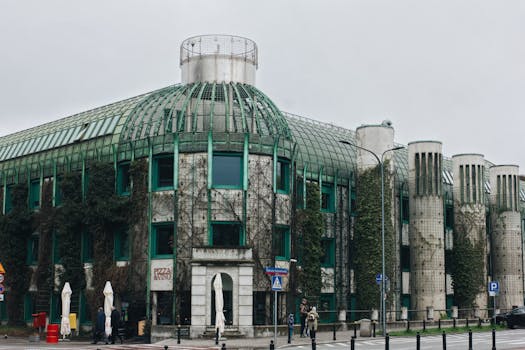
Sustainable Cities: How Europe is Shaping Eco-Friendly Lifestyles by 2025
Sustainable Cities are becoming increasingly important as the world shifts towards a more eco-friendly lifestyle. By 2025, European cities are expected to be at the forefront of this movement, with many already making significant strides in reducing their environmental footprint. In this article, we will explore the ways in which Europe is shaping eco-friendly lifestyles and what this means for the future of our planet.
Introduction to Sustainable Cities
Sustainable cities are urban areas that have made a commitment to reducing their impact on the environment. This can include investing in renewable energy sources, such as wind and solar power, as well as implementing green infrastructure, like parks and green roofs. Sustainable cities also often have a strong focus on reducing waste and promoting eco-friendly transportation methods, such as cycling and electric vehicles.
European Cities Leading the Way
Many European cities are already leading the way in sustainable development. For example, Copenhagen in Denmark has set a goal of becoming carbon neutral by 2025, while Stockholm in Sweden has implemented a congestion tax to reduce traffic and promote the use of public transportation. Other cities, such as Barcelona in Spain and Amsterdam in the Netherlands, have invested heavily in green infrastructure, including parks, green roofs, and green walls.
Green Infrastructure
Green infrastructure is an essential component of sustainable cities. This can include parks, green roofs, and green walls, as well as green spaces, like gardens and urban farms. Green infrastructure not only helps to reduce the urban heat island effect and improve air quality, but it also provides habitats for wildlife and helps to mitigate the effects of climate change.
Renewable Energy
Renewable energy is another crucial aspect of sustainable cities. Many European cities are investing in renewable energy sources, such as wind and solar power, to reduce their reliance on fossil fuels. For example, the city of Munich in Germany has set a goal of becoming 100% renewable by 2025, while the city of Vienna in Austria has implemented a number of initiatives to promote the use of renewable energy, including a solar panel subsidy program.
Conclusion
In conclusion, European cities are leading the way in sustainable development, promoting eco-friendly lifestyles and reducing their environmental footprint. By investing in green infrastructure and renewable energy, these cities are helping to create a healthier, more sustainable future for their citizens and for the planet as a whole. As we look to the future, it is essential that we continue to support and promote sustainable cities, and work towards a future where all cities are eco-friendly and sustainable.






